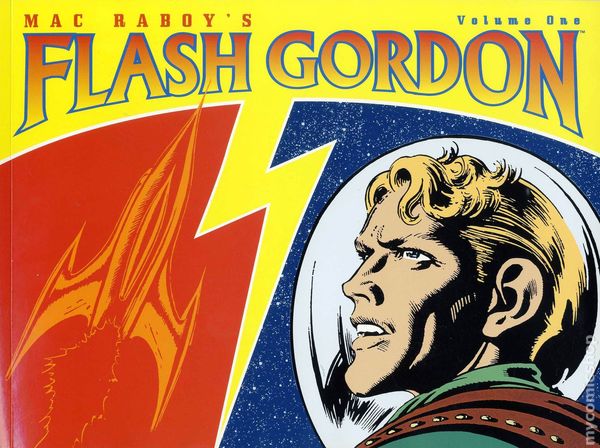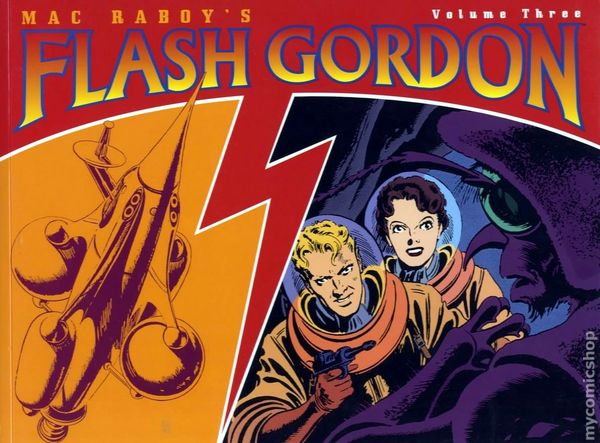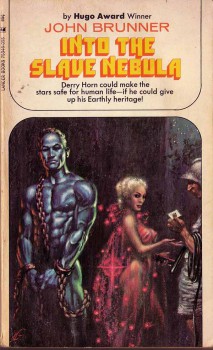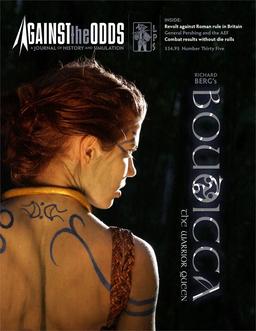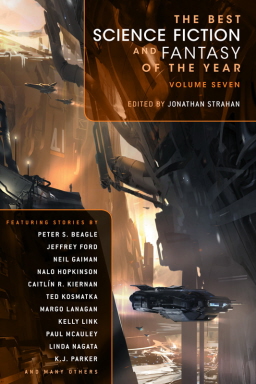J.G. Ballard’s The Drowned World
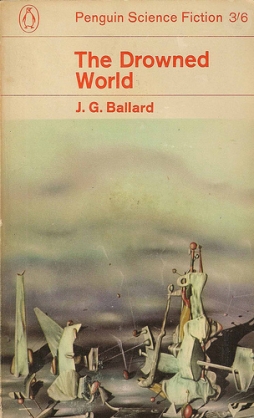 My copy of J.G. Ballard’s The Drowned World has an about-the-author section that describes the 1962 book as “a brilliant first novel that won him instant acclaim and had a dramatic effect on the state of science fiction.” Even allowing for the typically excessive claims of PR text, this is inaccurate: Ballard’s first novel was actually The Wind From Nowhere, published in 1961 and written in two weeks. Still, Ballard’s consistently downplayed and even disowned the earlier book, so let’s take him at his word. How does The Drowning World look fifty years on?
My copy of J.G. Ballard’s The Drowned World has an about-the-author section that describes the 1962 book as “a brilliant first novel that won him instant acclaim and had a dramatic effect on the state of science fiction.” Even allowing for the typically excessive claims of PR text, this is inaccurate: Ballard’s first novel was actually The Wind From Nowhere, published in 1961 and written in two weeks. Still, Ballard’s consistently downplayed and even disowned the earlier book, so let’s take him at his word. How does The Drowning World look fifty years on?
It has to be said that it’s one of those science fiction books that would seem at first glance to be strikingly relevant, if not prophetic — dealing with an idea become disturbingly significant in the years since the story’s first publication. In this case, the book’s set in a future sometime in a mid-21st-century suffering from extreme global warming due to a series of solar storms. The sea levels have risen; the world has drowned. The lead character has no memory of any civilisation we recognise, living with a few million other human beings in the polar latitudes. Reading this book on the heels of news that atmospheric carbon dioxide has passed the 400 parts per million threshold, it’s impossible not to feel a sharpening of one’s interest.
But, like much of the best science fiction, the core of the book is not the science but the fiction. Ballard uses his setting — a flooded tropical London claimed by iguanas and marmosets, totally lacking human life but for a visiting scientific and military expedition and one woman who grew up in the drowned city — to explore strange psychological effects of this particular future. It’s a kind of exploration of depth psychology, of dreams and a collective unconscious. Individual ontogeny is affected by global phylogeny; human identity is affected by a return of the climate and fauna of the Mesozoic era. The book becomes more fascinating as it goes on, increasingly moving away from the science of climate change and using the drowning of the world as a mirror for the submerging of rationality. It is, ultimately, truly concerned with apocalypse: not merely the erasure of the old world, but the making of the world into something new.
